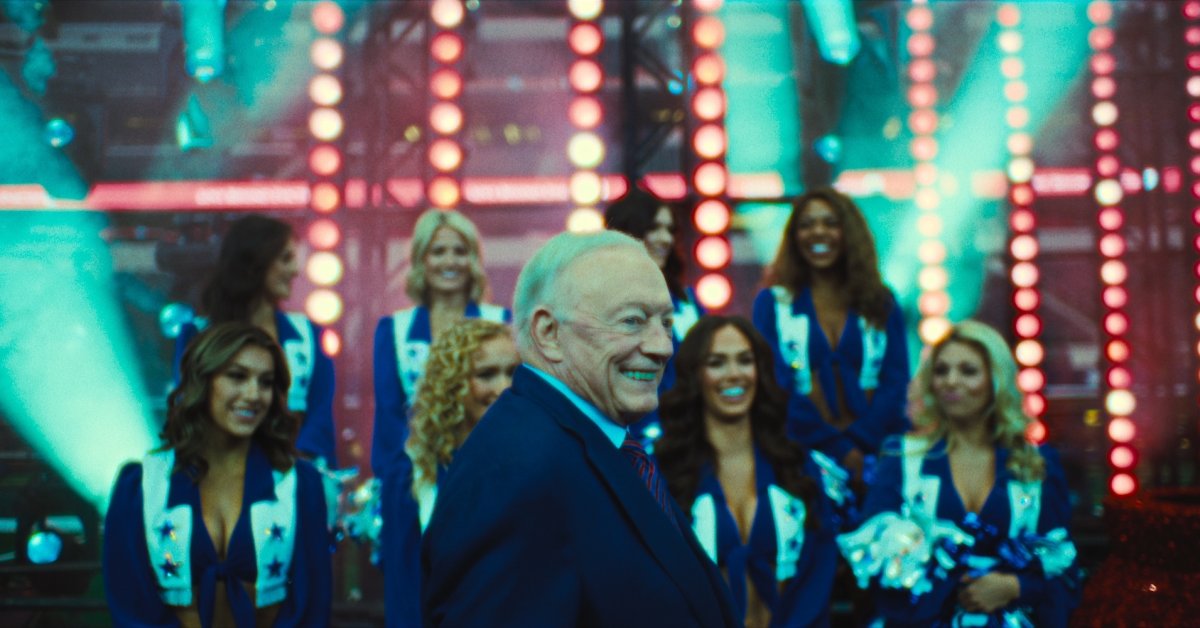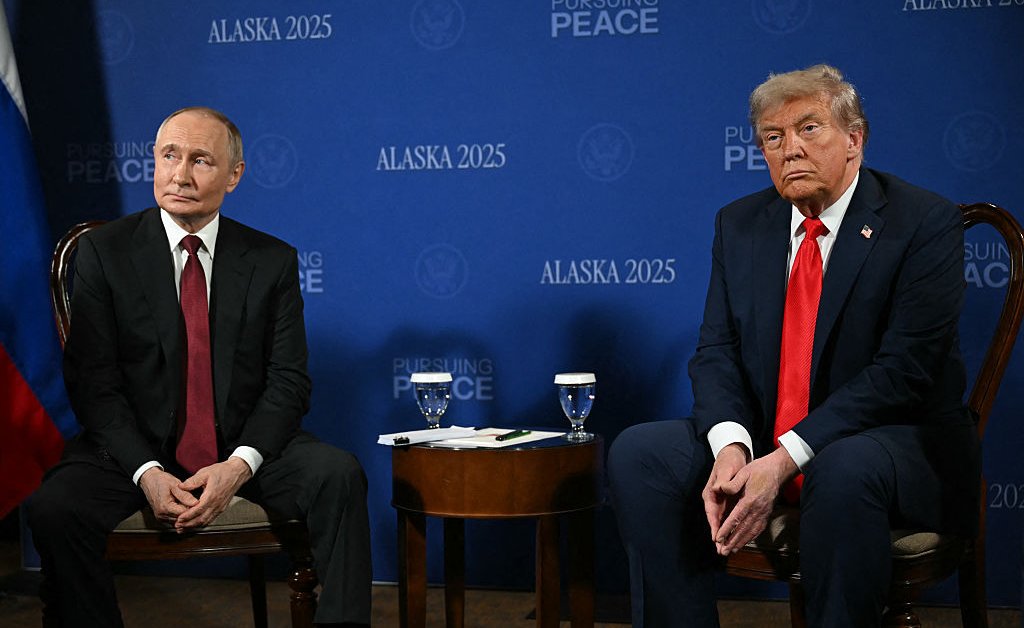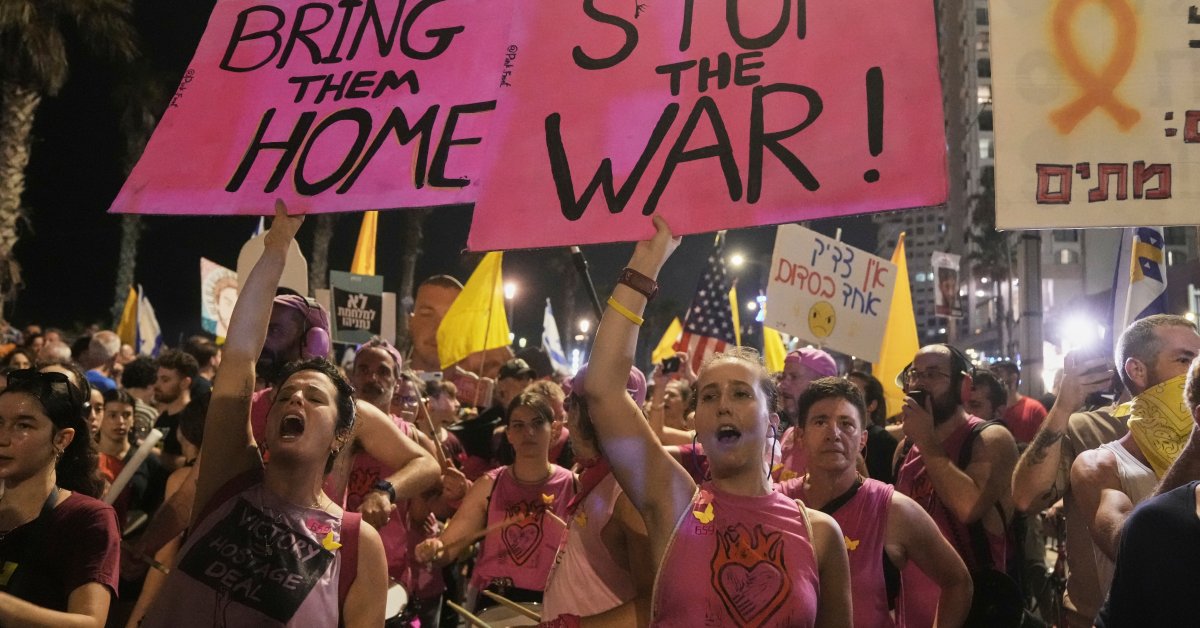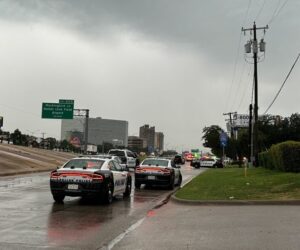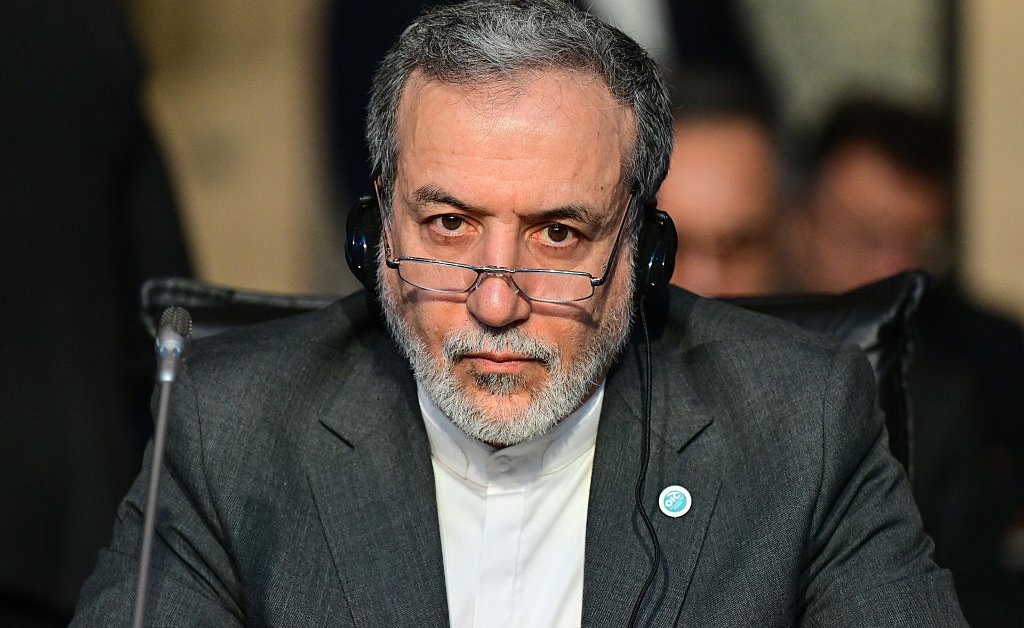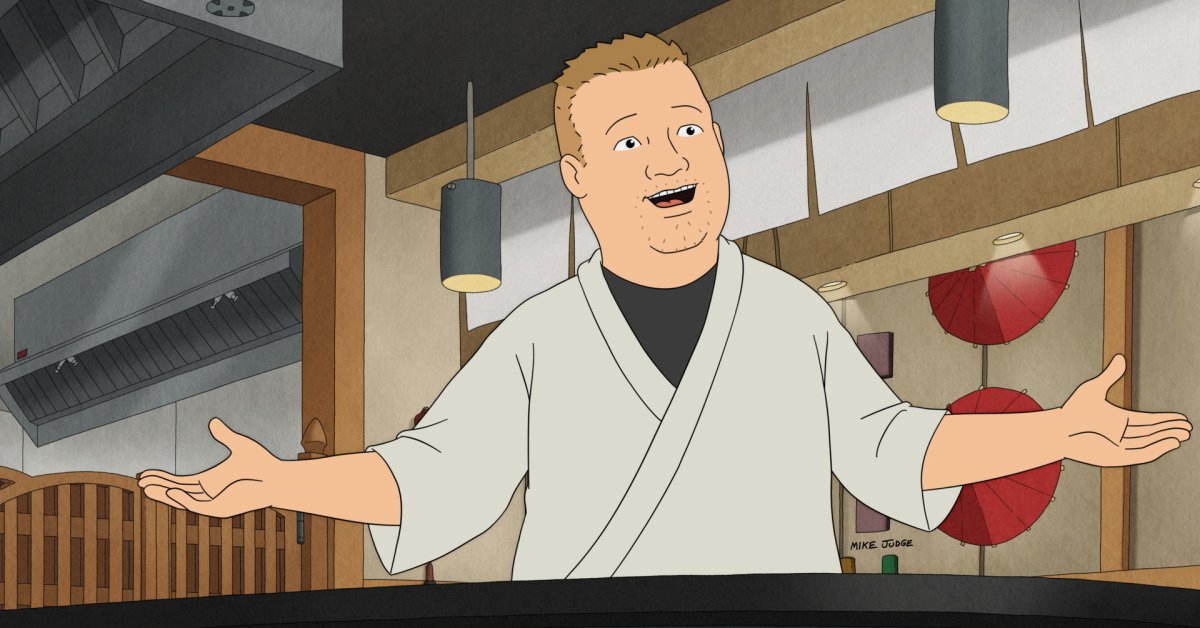The Dallas Cowboys are the most valuable sports franchise in the world. In the most recent edition of Forbes’ annual ranking, the Cowboys were valued at an astonishing $10.1 billion, the only 11-figure team in the world. They’re a full $1.3 billion above second place (the NBA’s Golden State Warriors). And they’re nearly $3 billion ahead of the next NFL team, the Los Angeles Rams, valued at $7.6 billion. How exactly did the Cowboys—who haven’t won a Super Bowl in 30 years—become the highest-valued sports team on Earth?
That’s one of the questions explored in the new Netflix docuseries America’s Team: The Gambler and His Cowboys. Focusing on notoriously splashy Cowboys owner Jerry Jones, who purchased the team for $140 million in 1989, the eight-episode series presents highlights from thousands of hours of archival footage (including plenty of cheerleading, a focus of Netflix’s America’s Sweethearts: The Dallas Cowboys Cheerleaders, which was just renewed for a third season) and interviews, as well as new interviews from Jones and other NFL figureheads from across the league, to paint a portrait of the Cowboys’ success.
Read more: How the Dallas Cowboys Cheerleaders Got a 400% Pay Raise
Jerry Jones’ playbook for greatness

Jones took great inspiration from his father, Pat Jones, who told him, “You’ve got to make it bigger than life. You gotta add a little sizzle to it.” The elder Jones ran a grocery store, and his salesmanship left an indelible impact on Jerry, who refers to him as a “master marketer.” Pat would put bandstands in the middle of the store, he’d host amateur talent contests—anything to get attention and to differentiate their store from all the others. It was about making something so big, you simply had no choice but to pay attention to it.
Jones attended the University of Arkansas in the early 1960s, playing football and writing his master’s thesis on “The Role of Oral Communication in Modern-Day Intercollegiate Football.” At that time, pro sports, according to Jones, had no money in it, merely “a hobby for rich people.” His thesis proposed the key tenets for what would become essential to making the Cowboys a financial powerhouse: bringing on brand sponsorships, establishing the team brand, creating unprecedented levels of loyalty, and involving fans, companies, and services in new ways.
Thirty years later, these marketing principles became enshrined in Jones’ work as the owner of the Dallas Cowboys. In 1992, Jones introduced pep rallies at the Cowboys Texas Stadium. A staple of College Football, pep rallies were unprecedented for a professional football team. The rally was attended by approximately 70,000 fans to send off the Cowboys before their NFC Championship game against the San Francisco 49ers. “I was trying to create a collegiate enthusiasm for the Dallas Cowboys,” says Jones in the docuseries. College Football has deeply entrenched traditions and longstanding rivalries, of which pep rallies are a staple. While the NFL has 32 teams (28 teams back in 92) in large cities, College Football is prominent in every state. Nebraska, for example, lacks an NFL team, but the University of Nebraska Huskers have sold out every game in their 85,000-capacity stadium since 1962. Jones was keen to capitalize on the boundless passion Americans had at the college level, and introducing pep rallies was a big way to entrench fans into the world of the Cowboys.
The Cowboys went on to win that NFC Championship game and delivered a commanding victory over the Buffalo Bills in Super Bowl XVII, their first Super Bowl since 1977. They were exceptionally dominant throughout the 1990s, winning back-to-back Super Bowls with another win over the Bills in XVIII. That was quickly followed by a third win in Super Bowl XXX in 1995, over the Pittsburgh Steelers. The Cowboys’ blue star logo rapidly rose as one of the most recognizable images in America, and the team’s star athletes regularly graced the cover of magazines, including Sports Illustrated and The Sporting News.
Pushing beyond traditional media

But they also appeared outside sports magazines, as when quarterback Troy Aikman graced a September 1993 GQ cover hailed as “God’s Quarterback.” Appearances by players on Jay Leno, Arsenio Hall, and David Letterman’s shows became standard. Football season only lasts between September and February, but Jones pushed the Cowboys players to be in the public eye year-round. Running Back Emmitt Smith was in 1994’s Little Giants. Wide Receiver Michael Irvin and Aikman appeared in Jerry Maguire. Aikman also cameoed in a 1999 episode of The Simpsons (the Cowboys are Homer Simpson’s favorite team).
Jones made countless commercial and TV appearances, and even Head Coach Jimmy Johnson appeared as himself in episodes of Coach, New York Daze, and Arliss through the ‘90s, including in the 1998 Adam Sandler-led The Waterboy. Jones’ thesis of brand sponsorships was coming to fruition, with commercials for Reebok, Lays, McDonald’s, Brut, and other companies airing regularly. “That constant buildup of interest and attention, that’s where the value is,” says Jones. “I want to make sure it’s a soap opera year-round, and the world’s going to know that the Dallas Cowboys are your team.”
In 1995, Jones took corporate sponsorship to a new level, breaking with the NFL in the process. Alongside Nike CEO Phil Knight, Jones announced that the Cowboys had entered an exclusive sponsorship arrangement with Nike. That year, the Cowboys had already accounted for one-fifth of all NFL merchandise sales. As the New York Times described the deal with Nike, which was not an NFL sponsor: “For the price of $2.5 million a year through 2001, [Jones] let Nike paint its trademark swoosh on the Cowboys’ stadium, develop a theme park at the stadium, and outfit all Cowboys coaches and other sideline personnel in Nike-made attire.” Jones made the announcement during a nationally-televised Monday Night Football game, and distributed a news release that claimed “Cowboys Owner Bucks NFL Again.”
This move, according to the NFL itself, violated the agreements teams have with the National Football League. The Cowboys were prohibited from making a deal with Nike, as all sponsorships were made at a league level, and profits were split equally between all teams. Jones encouraged teams to push back against this model, with each team taking their own profits for their own merchandise. Before the Nike deal, Jones had made a deal with Pepsi earlier in the year for them to be the exclusive drinks seller at the Cowboys’ Texas stadium, in the face of the NFL-wide deal with Coca-Cola. He also signed a deal to make American Express the official credit card of the Cowboys, despite Visa being the official card of the entire NFL. The NFL sued Jones for $300 million, resulting in a $700 million countersuit. The suits were settled out of court, changing the NFL forever with Jones’ vision ruling the day: Now, teams could control their own sponsorships and their own financial destinies.
The larger-than-life ethos continues

Jones’ corporate dealings were a risk that paid off massively, catapulting the Cowboys to the staggering financial success they now enjoy, regardless of whether they win or lose. And it all played into the ethos Jerry Jones learned from his father: If you make things bigger than life, people can’t help but take notice.
Everything about the Cowboys remains larger than life, with Jones still at the helm. In 2009, the organization completed the building of AT&T Stadium, which has the largest capacity in the NFL at 80,000, increasing to a stunning 100,000 when you include standing room. It’s three times the size of the previous Cowboys home, Texas Stadium. AT&T pays upward of $19 million a year for naming rights. It’s full of private bars and clubs, among other amenities (including a monumental 600-ton jumbotron 90 feet above the field), physically manifesting the mentality of Jerry Jones and the Dallas Cowboys.
Though 1995 was the Cowboys’ last Super Bowl win, the media frenzy over the Cowboys is still going strong. In the upcoming 2025 season, the Cowboys have the second most primetime games with six, more than the reigning Super Bowl champs the Philadelphia Eagles. That’s a remarkable feat considering they finished the 2024 season with an underwhelming 7-10 record. The ‘90s found nearly every Cowboys game being played on televisions across America, and that’s not changed much 30 years later. This ubiquity has allowed the Cowboys to become synonymous with the sport itself. You may not know anything about football, but you know the Dallas Cowboys are a football team. And you have Jerry Jones to thank for that.

